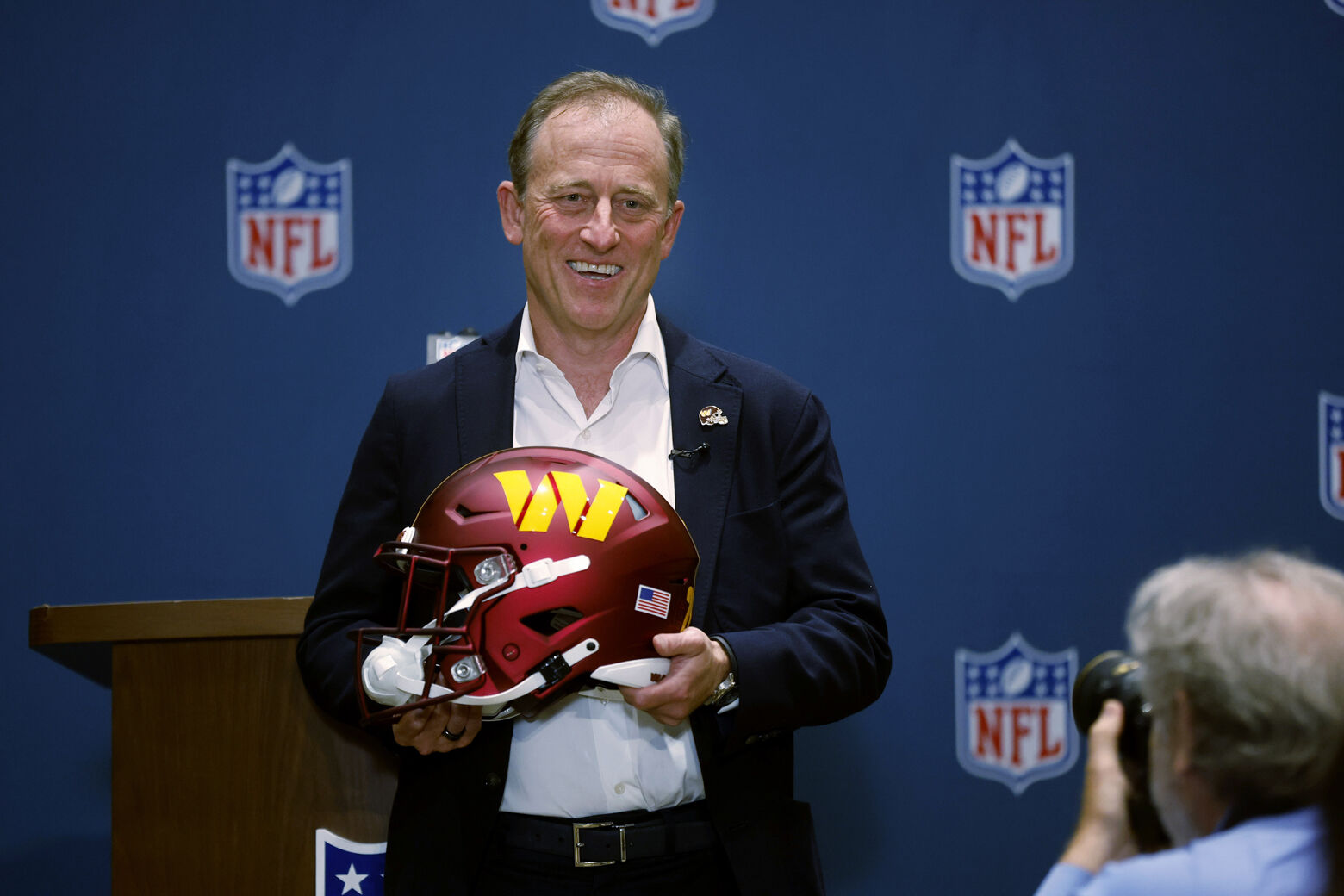In Cincinnati, substitute players at the Club World Cup retreated to their locker rooms, choosing shade over the punishing gaze of the sun. In St. Louis, where oppressive humidity made it feel like 106 degrees, Cincinnati Reds shortstop Elly De La Cruz vomited on the field. And in London, play at Wimbledon was halted for 16 minutes as a spectator received medical assistance on the hottest opening day in the tournament’s storied history.
In recent weeks, no matter the sport or setting, one constant has connected competitions around the globe: scorching temperatures.
How bad has it been?
“Terribly hot,” Atletico Madrid midfielder Marcos Llorente said after a Club World Cup game in mid-June in Pasadena, Calif. “My toenails were hurting.”
With the world’s most well-conditioned athletes hurting for relief, observers wonder how challenging conditions could become — and how the sports world will cope.
“We had days where, like, Philadelphia had a low that didn’t get below 80 degrees,” said Peter Mullinax, meteorologist with the National Weather Service’s Weather Prediction Center. “That’s quite exceptional, for June especially. It can happen in July and August, but to have the kind of heat, when we saw it in June, really stands out for much of the Midwest and the Northeast.”
Much of the U.S. recorded temperatures above normal in recent weeks, Mullinax added. New York City — one of the World Cup host cities next summer, along with Philadelphia — had three days in June with highs above 95 degrees, which last happened in 1988.
Soccer has faced this kind of heat disruption before. In 2022, FIFA moved the World Cup in Qatar from its traditional June and July period to November and December to avoid the heat.
Fans at this summer’s Club World Cup have voiced frustration over matches being held in the day’s hottest hours. Last month, international football’s global players’ union urged FIFA to reschedule midday and afternoon kick-offs for next summer’s World Cup and to add more cooling breaks, citing concerns over extreme heat. That followed a January study warning that afternoon matches at the 2026 World Cup could expose players and fans to “potentially dangerous levels of heat.”
The risks of competing — and even spectating — in extreme heat are serious. Heat-related illness can escalate quickly, from cramps and dehydration to heat stroke, which can be fatal.
Julien Periard, professor and deputy director at the University of Canberra Research Institute for Sport and Exercise, noted that athletes have competed in the summer heat for centuries. But as heat waves become more severe and longer-lasting, he’s seen more athletes — like soccer and rugby players — use heat acclimation strategies previously reserved for endurance athletes like runners or cyclists. Tampa Bay Rays starter Ryan Pepiot described putting his pitching hand inside a device designed to reduce body temperature, while soccer teams often do a “sweat analysis” to figure out which athletes dehydrate faster and need more electrolytes.
“There’s a lot more uptake in heat acclimation and acclimatization, a lot more uptake of different cooling strategies and having planned hydration strategies for different sports,” Periard said. “So there’s a lot more knowledge being developed and a lot more adoption around that.”
Teams are increasingly installing water stations on sidelines. They’re also building venues that feature retractable roofs, larger shaded areas and the ability to double as disaster-relief sites.
“Everything is being affected by this, and every sport venue is affected,” said Allan Hershkowitz, an environmental scientist who has worked with the NBA, NHL, MLB and other leagues for decades on reducing emissions and promoting environmentalism.
Hershkowitz has seen a noticeable shift in recent years in how teams and leagues think about protecting against heat and climate change. For decades, he couldn’t even use the phrase climate change. He opted for the phrase “energy efficiency” to get his points across.
But when asked if he thinks the U.S. is ready for events like the 2026 World Cup and the 2028 Summer Olympics, Hershkowitz’s answer was clear: “Of course not.”
In recent months, the Trump administration has rolled back climate initiatives, attempted to lay off National Weather Service staff and proposed deep cuts to green energy programs totaling billions of dollars.
“All the venues are limited by the ecological infrastructure of their host community, and overwhelmingly, host communities are unprepared for the rapidly worsening changes that climate disruption is instigating,” said Hershkowitz, who left the Australian Open early this year after fearing that he would pass out at the venue.
Jessica Murfree, assistant professor in the Department of Exercise and Sport Science at the University of North Carolina at Chapel Hill, expects to see more disruptions in sporting events.
“There are more adjustments to the sporting calendar related to climate hazards than there have ever been,” Murfree said. “This is an upward trend. Just as climate shows up in our everyday lives, it shows up in our sport lives too.”
Looking ahead, the National Weather Service’s Mullinax said sweltering conditions are likely to persist, particularly in the Midwest and on the East Coast.
“Climatologically speaking,” he said, “July is the hottest time of year.”
(Photo: Geoff Burke / Imagn Images)
Rebecca Tauber is a Staff Editor on The Athletic’s live/breaking news team. Before joining The Athletic, she worked at Denverite and Colorado Public Radio covering Denver City Council and transportation. She grew up in the Philly suburbs and is a graduate of Williams College.







 English (US) ·
English (US) ·